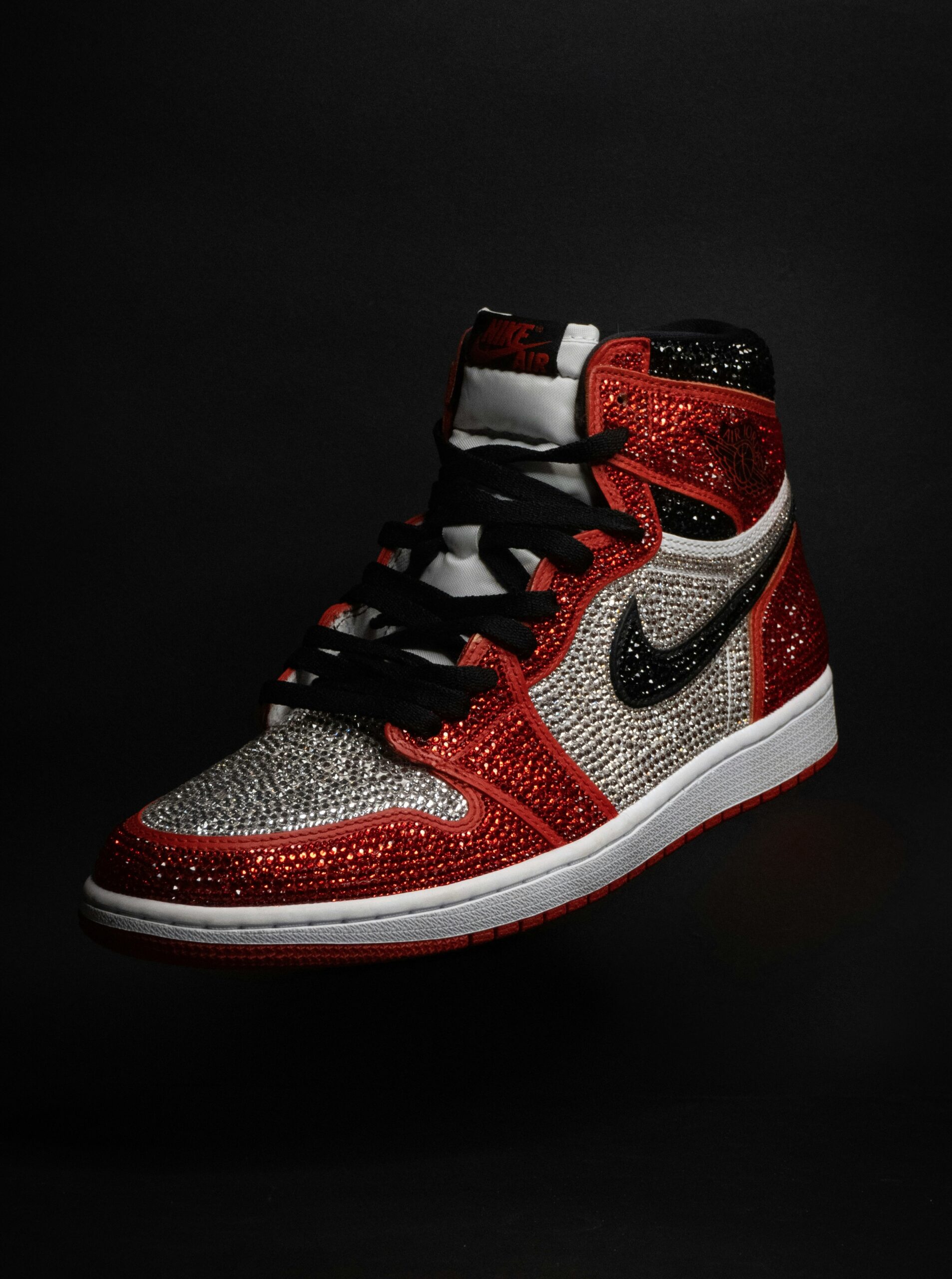A patent application filed by Facebook, now Meta, almost two years ago has become public this year.1 Titled “3D Conversations in an Artificial Reality Environment,” it attempts to patent “[a] 3D conversation system [that] can facilitate 3D conversations in an augmented reality environment, allowing conversation participants to appear as if they are [sic] face-to-face.”2 While these words might evoke sci-fi imagery, such as conversing with a hologram projected from a device or displayed on futuristic contact lenses,3 the current reality is a far cry from that. What we have instead is the groundwork: a corporate arms race involving patents to become the brand-name provider of the so-called “metaverse.”
But what is the “metaverse?” The metaverse, a portmanteau of “meta” and “universe,” can be abstractly thought of as “cyberspace.”4 More concretely, it involves using the technologies behind virtual and augmented realities to enhance not only the virtual world, but also the real world.5 Its applications include better immersion in video games and better online shopping experiences—by being able to see the dimensions of clothes and furniture in real-time.6
Meta’s CEO, Mark Zuckerberg, touts the metaverse as the future of the Internet.7 And it is hard to blame him. The global metaverse industry is forecasted to reach close to $300B by 2024 and could reach $1T in annual revenue.8 Corporate leaders in the communications industry have been actively investing into metaverse-related products.9 They have also been adding metaverse-related businesses to their corporate structures, e.g., Meta acquired Oculus in 2014,10 and Microsoft acquired Blizzard this year.11
What is perhaps less known is the underlying patent arms race. As of October 2021, the top patent owners for metaverse patents, in descending order, are: Sony, Microsoft, Samsung, Google, and Meta.12 However, in recent years, Meta has received a higher number of such patents compared to its competitors.13
Meta’s patent application involving 3D communication systems thus represents an effort to add another patent to its numbers. However, it is unclear whether this patent application will become a patent. Subject matter eligibility (SME), a requirement for patentability, is determined by the Supreme Court’s Mayo/Alice test, which asks (1) whether a claimed invention is directed to a patent-ineligible judicial exception and (2) if so, whether its claims contain an inventive concept that transforms the exception to a patent-eligible application.14 The patent application, like many other computer-related inventions, contain claims that are directed to an abstract idea. The abstract idea here would be communicating with another person’s 3D rendered image.
However, applying the second prong raises a conundrum: whether the invention has sufficient “inventive concept” to entitle Meta to a limited monopoly. Meta’s claimed invention, a communication system that is not limited to the devices used, would likely be analogized to the computerized escrow system in Alice.15 More specifically, the claimed invention attempts to patent the different pipelines required to make its 3D communication possible. And courts, in light of the discussion of inventive preemption in Le Roy v. Tatham,16 would likely view the patent application as an attempt to monopolize the underlying technology. Arguably, Federal Court jurisprudence, especially post-Enfish, might see the pipelines as specific improvements on existing videoconferencing devices.17 Yet the most likely scenario is that the ambiguity in the devices will push the decision toward ineligibility.18 And even if patent application does become patented, it might not withstand a later review on subject-matter eligibility.
Meta’s patent application is functionally a small part of the bigger patent arms race. While it is unclear who will prevail in this arms race, one thing is clear: there will be patent litigation in the metaverse.
Corey Tam is a second-year law student at Benjamin N. Cardozo School of Law and Staff Editor of the Cardozo Arts & Entertainment Law Journal. Corey is also Treasurer of Cardozo’s Intellectual Property Law Society.
- U.S. Patent Application No. 16/935,093, Publication No. 20220028157 (published Jan. 27, 2022) (Facebook Technologies, LLC, applicant).
- Id.
- See Napier Lopez, Meta Filed a Patent for Hologram-Like “3D Conversations,” TNW (Feb. 23, 2022, 5:24 PM), https://www.thenextweb.com/news/meta-filed-a-patent-for-3d-conversations-are-holographic-calls-almost-here [https://perma.cc/SNX7-8EDL].
- Eric Ravenscraft, What Is the Metaverse, Exactly?, Wired (Nov. 25, 2021), https://www.wired.com/story/what-is-the-metaverse/ [https://perma.cc/SR3B-HWXG].
- Id.
- Id.
- See Casey Newton, Mark in the Metaverse, The Verge (July 22, 2021, 10:00 AM), https://www.theverge.com/22588022/mark-zuckerberg-facebook-ceo-metaverse-interview.
- Sarah O’Neill, Metaverse and Marketing: Stats and Trends for 2022, Martech Alliance (Feb. 1, 2022), https://www.martechalliance.com/stories/metaverse-and-marketing-stats-and-trends-for-2022 [https://perma.cc/JJ8V-9TH5].
- E.g., David Goldman, Google Unveils “Protect Glass” Virtual-Reality Glasses, CNN Money (Apr. 4, 2012, 2:35 PM), https://money.cnn.com/2012/04/04/technology/google-project-glass/index.htm [https://perma.cc/RD97-F9P9] (showing how Google released of its Google Glass early on in 2012).
- Facebook to Acquire Oculus, Meta (Mar. 25, 2014), https://www.about.fb.com/news/2014/03/facebook-to-acquire-oculus/ [https://perma.cc/2DXW-RAP8] (“[Meta] plans to extend Oculus’ existing advantage in gaming to new verticals, including communications, media and entertainment, education and other areas. Given these broad potential applications, virtual reality technology is a strong candidate to emerge as the next social and communications platform.”).
- Microsoft to Acquire Activision Blizzard to Bring the Joy and Community of Gaming to Everyone, Across Every Device, Microsoft (Jan. 18, 2022), https://news.microsoft.com/2022/01/18/microsoft-to-acquire-activision-blizzard-to-bring-the-joy-and-community-of-gaming-to-everyone-across-every-device/ [https://perma.cc/4U36-Z8X2] (“Gaming . . . will play a key role in the development of the metaverse platforms.”).
- Anthony Trippe, Here’s Who’s Winning the Race to Dominate Metaverse Tech, Forbes (Oct. 12, 2021, 9:20 AM), https://www.forbes.com/sites/anthonytrippe/2021/10/12/heres-whos-winning-the-race-to-dominate-metaverse-tech/.
- Id.
- Alice Corp. Pty. Ltd. v. CLS Bank Int’l, 573 U.S. 208, 217-18 (2014); But see 2019 Revised Patent Subject Matter Eligibility Guidance, USPTO 53-57 (Jan. 1, 2019) (shifting the second prong analysis to the first prong analysis).
- Id. at 225 (explaining how the computerized escrow system as merely applied the underlying abstract idea onto a generic computer).
- See Le Roy v. Tathum, 55 U.S. 156 (1852).
- See Enfish LLC v. Microsoft Corp., 822 F.3d 1327 (Fed. Cir. 2016).
- It is also possible that a court might allow SME but reject on obviousness grounds.


